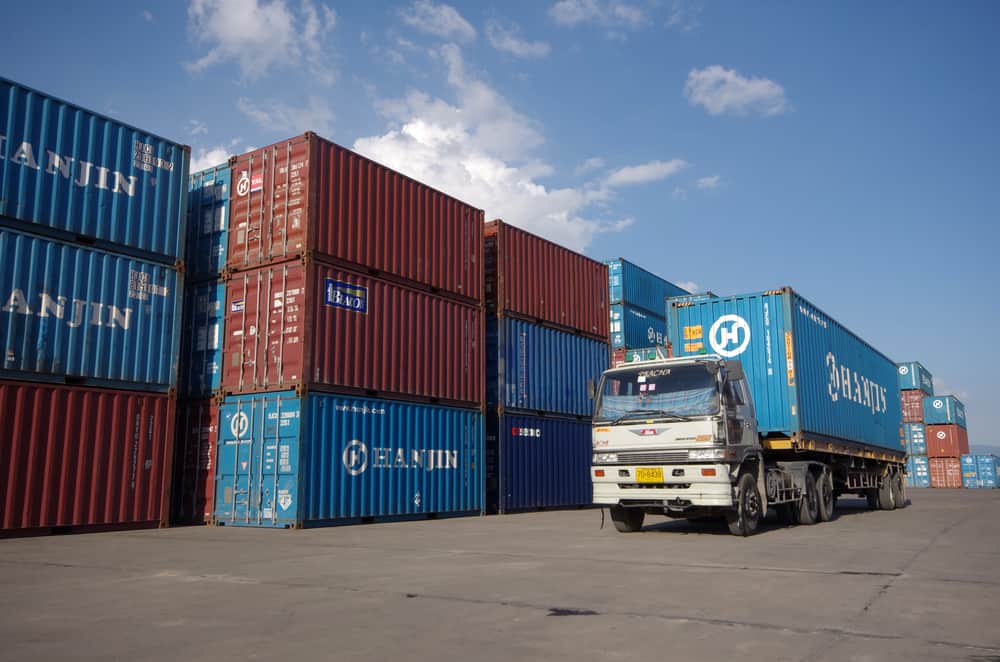Occasionally, shippers or receivers encounter a charge called “waiting time” or “trucker detention” on a forwarder’s or trucker’s invoice. Most of the time, this extra cost is not fully explained before finalizing a delivery deal.
What is trucker detention?
Trucker detention refers to a delay that occurs while in pick up or destination delivery. For trucker detention to occur, the delay must be more than the agreed free time. In most cases, truckers provide two hours of free time at the time of pick-up, and two hours for unloading. However, with the current trucking shortage intensifying nationwide, we see this timeframe being lowered to an hour in some cases, especially with ramp to door moves.
What purpose does trucker detention serve?
The purpose of a “trucker detention” or “waiting time” charge is to compensate the trucker for being held in situations where they would have to wait until the job is finished. Labor time efficiency is crucial to determine the cost of trucker detention, as the sum amount would have to somewhat cover the non-worked time.
According to the Federal Motor Carrier Safety Administration (FMCSA), trucker detention costs the trucking industry more than $3 billion annually in lost time and productivity. Additionally, after the implementation of the ELD Mandate*, this cost is expected to rise, as truckers are now GPS-tracked to maintain labor time limits. This has caused the trucker community to push the 14-hour limit to 16 hours to compensate for their losses. To date, there aren’t any changes to regulations, but only time will tell what improvements can and will be made.
Knowing these facts, what improvements can you make as a shipping or receiving party to minimize detention costs?
Here are some suggestion to minimize detention costs:
- Make warehouses aware of free loading and unloading time limits.
- A warehouse’s crew should be ready to load and unload the necessary equipment as soon as it docks at the gate.
- Both forklifts and pallet jacks are essential equipment for properly loading and unloading a truck. Make sure they are in good shape and available to use.
- Tight schedules always end up with frustration, so plan ahead and allot proper time for a warehouse to operate.
- Holding up a truck is never a good idea, as it delays your other business arrangements and may cause a backlog.
- Some loads may be tougher to load and unload – it really depends on the commodity and packaging. So, it’s very important to have enough crew members to accommodate a warehouse’s needs.
* What is the ELD Mandate: This is a federal regulation that specifies the operators of commercial motor vehicles covered by the law will use Electronic Log Devices. Previously, hours of service data were filed through paper logbooks. Now, they’re tracked through GPS-Electronic Log Devices.




